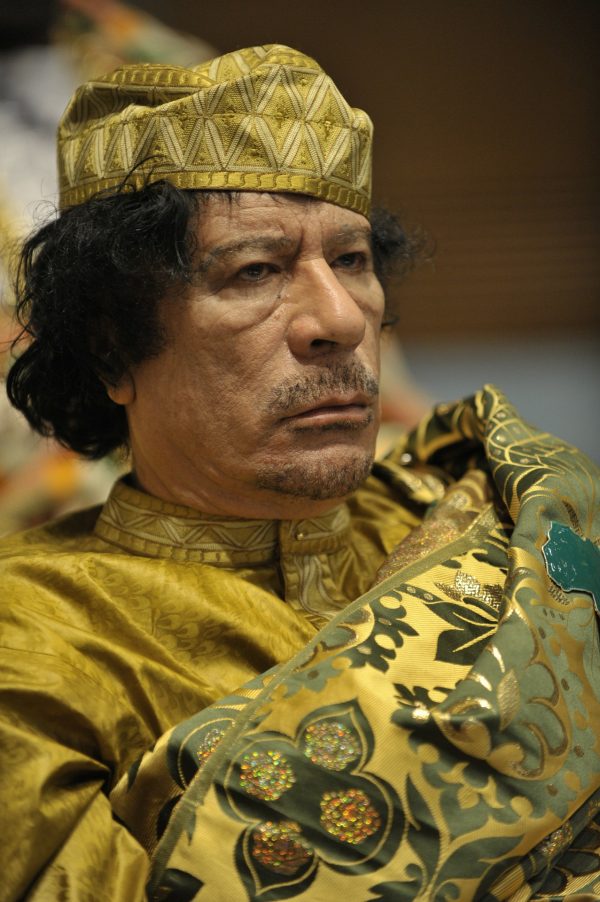Arab Socialism was one of the many brands of socialism that appeared in the 20th century. It was, and to an extent, one of the more successful brands of socialism.
Almost all of of the republics of the Arab world had some form of Arab Socialism. Even the ones that didn’t –such as the absolute monarchies that exist today– were also heavily affected and influenced by it. But what exactly was Arab Socialism?
What is Arab Socialism?
Arab Socialism has a whole heap of different strands– strands we will go into more in depth with later– but they all share some core tenants.
Arab Socialism specifically tries to combine Pan-Arabism, Socialism and to an extent, Islam. There have been very few Arab socialist movements that have tried to go down the atheist route. In this respect, it is not to be confused with Marxism. On many occasions, Marxists were often persecuted by Arab Socialist regimes.
To go down the rabbit hole of what constitutes a socialist country click here.
By denoting themselves Arab Socialists, it was to distinctly distance them from the broader international socialist movement.
What are the origins of Arab Socialism?
The Arab Socialist Baʽath Party was the first party to espouse Arab Socialism. If the name Ba’ath Party sounds familiar, that is because the Ba’athists formerly ruled in Iraq under Saddam Hussein, and currently are in power in Syria under Bashar Al-Assad. Though they espoused the Ba’athist variation of Arab Socialism, they were two distinct “factions” of the movement.
To read about tours to Syria click here
To read about tours to Iraq click here.

The word from Arabic بعث baʽath means “renaissance” or “resurrection”. This ideology is a mixing of Arab nationalism, Pan-Arabism, Arab Socialist, and anti-imperialist interests. Ideally they opposed Arab nations taking sides in the Cold War Bi-polar duopoly between the capitalist west and communist east, and wanted to create a third front. Most interestingly, and what would prove important later, was that they also espoused a single Arab State, or at least some kind of Arab Unity. The ideology called for a political, cultural, economic and social rebirth of the Arab world, united as one independent and sovereign Arab nation-state.
Nasserism and Egypt
Nasserism was to prove the most influential of all the various forms of Arab Socialism. Egypt was to become a big regional player, as well as almost achieving the goal of a unified Arab state.
The word Nasserism itself refers to the ideology of Gamal Abdel Nasser, the second President of Egypt. It combines elements of Arab Socialism, republicanism, nationalism, anti-imperialism, development of world solidarity and international non-alignment. Egypt was a leading member of the non-aligned movement. In many ways this made it much more internationalist in nature, when compared to Ba’athism.
Egypt was to become fiercely embroiled in the Yemeni civil war, often called “Egypt’s Vietnam” (although it preceded the Vietnam War). It also unsuccessfully went to war with Israel on more than one occasion.
To travel to Socotra, Yemen click here (link)
Arab Unity?
Egypt and other countries were to experiment with various forms of united republics and federations, all of which were to fail. Here is a list of a few examples.
The United Arab Republic
You can read more about the UAR here (link to YPT blog). The UAR was a short lived federation between Egypt and Syria. It fell apart when the Syrians realized they were more of a province of Egypt than an equal partner. Despite this, they did at least compete in the Olympics one time together. (link to https://en.wikipedia.org/wiki/United_Arab_Republic_at_the_1960_Summer_Olympics)

The UAR existed from 1959 until 1961 when Syria left. Although they officially dissolved, they would continue using the name UAR until 1971, seemingly hoping others might still join.
Check out our independent Egypt tour page (link) and our Alternate Egypt Tour (link), where we delve deep into the politics of Egypt.
Technically there was another attempt at Arab unification that included Yemen, known as the United Arab States (UAS); yet it never really functioned to any level.
The Gaddafi Effect
After the death of Nasser, Egypt drifted towards the right and resulted in a newfound friendship with the USA and Israel. In addition, a new player was to enter the scene.

Muammar Muhammad Abu Minyar al-Gaddafi, or as he is more famously known Colonel Gaddafi, came to power in Libya in 1969. He was to create the “Great Socialist People’s Libyan Arab Jamahiriya”. Now this is a whole story in itself, but he was to try and create various unions with countries such as Tunisia, as well as the WHOLE of Africa; obviously led by him.
His form of Arab Socialism differed greatly between that of those who came before him, although with lots of influence from Nasserism. Gaddafi summarized his beliefs into a concise manifesto called the “Green Book”, quite similar in style to how Mao Zedong had his little “Red Book”. If you want to learn about his ideology called the Third International Theory, here’s a link to his Green Book.
Gaddafi was to become quite a divisive figure. He funded numerous terrorist and left wing-organizations, including the IRA (link to IRA). He also created the most educated and wealthy country in Africa. His form of socialism technically involved cooperatives and “direct democracy”, but was also accused of being a dictatorship.
As the course of history follows, he was overthrown in 2011 and now Libya is a failed state. Make what you will of that.
Arab Socialism today
Syria remains the last true bastion of Arab Socialism through the Ba’ath Party and Assad. Quite how Socialist they are though, remains open to debate.
Ironically, probably the most “socialist” part of the Arab World is in Rojava. Technically still part of Syria, the multi-ethnic region is experimenting with a picture of anarchism and left-communism.
You can read more about Rojava here (https://www.weirdworldwire.com/rojava-anarchism-in-syria/)
To see the Middle-East for yourself check out our wide ranging list of tours (link to Middle-East page)





